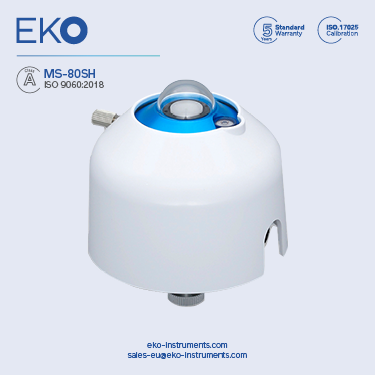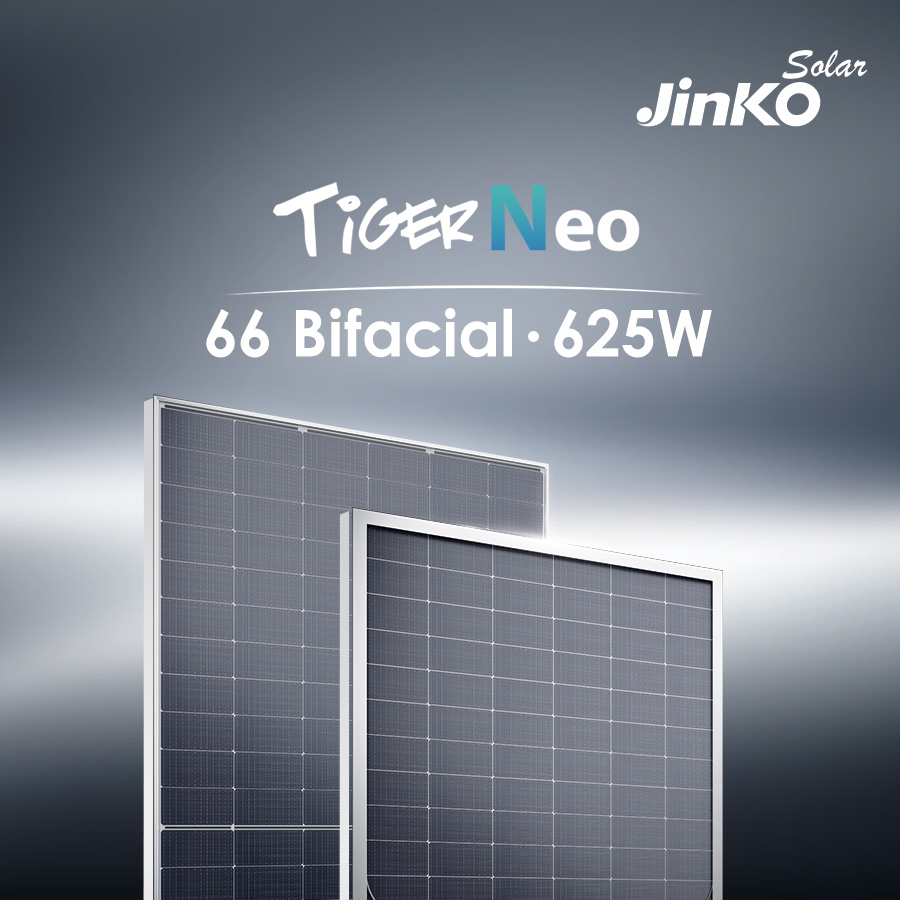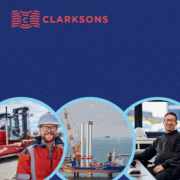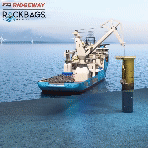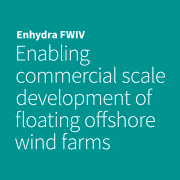Lo-Sag overhead line conductor with a composite carbon core carries around twice the power of conventional steel-reinforced conductors with almost no sag
Nexans, a worldwide leading expert in the cable industry, has worked with Light, Rio de Janeiro’s electric utility, to develop the innovative Lo-Sag conductor to help solve Brazil’s crucial issue of supplying more electricity to its large urban centres*, where the construction of new overhead transmission lines is severely restricted and needs controlled clearance to buildings or natural obstacles.
Resulting from a five-year development programme involving Nexans’ technology centres in France and Belgium, this innovative overhead line technology consists in a thermal resistant aluminium conductor wrapped around a composite carbon core. Compared with a traditional ACSR (Aluminium Conductor Steel Reinforced) which uses steel core, the composite carbon core of the same diameter is much lighter and 50 percent stronger. Most importantly, the carbon core’s coefficient of thermal expansion is roughly one tenth of that of steel, so it expands (and ‘sags’) much less when heated by the high current flowing in the conductor, enabling the vital safety clearances to be maintained between the conductor and the ground, even at high operating temperatures.
These properties enable the new overhead lines to be driven much harder by the electricity utility. So while a conventional conductor, at a typical safe limit will operate at 90°C, Lo-Sag enables to carry around twice as much power. This makes Lo-SagTM perfect for upgrading existing routes to higher powers, using established routes and existing cable towers with minimal modifications, reducing both project delivery times and costs.
The first Lo-SagTM field is operating in the field for six months, with an installation on Light’s 138 kV transmission line that connects SE Cascadura to SE São Jose in Pavuna district, one of the areas with a specific need for more electricity.
“In this initial installation for Light, Lo-Sag has been proved to increase the power transmission capacity by 72.5 percent”, said Sidnei Ueda, OHL application Engineering Manager at Nexans. “It has been a truly Nexans global project, with the composite carbon core manufactured in France, the thermal resistant aluminum produced in Brazil and the entire conductor assembled in a Belgian plant. Lo-Sag is expected to have a life time of at least 40 years. That is similar to, or even better than conventional conductors. “
While Lo-Sag has been developed to meet the particular needs of Brazil’s transmission networks, especially in upgrading projects, the concept is also ideally suited to many other markets around the world. Lo-Sag can also offer important advantages in the construction of new transmission lines, especially for the long spans, over 1 km, required for river crossings. The towers height could be up to 30% shorter.
* Brazil’s large cities have a critical need for more power to support the country’s economic growth, especially as it is hosting a number of major international sporting events in the next few years. However, the creation of new power routes in areas with a high population density is a major bottleneck, both in land and equipment costs and the extended time scales required to obtain the necessary permits and rights of way. Nexans and Light have therefore focused on an alternative approach that is now enabling existing power transmission routes to be up-rated to carry the extra power required.
About Nexans
With energy at the basis of its development, Nexans, worldwide expert in the cable industry, offers an extensive range of cables and cabling solutions. The Group is a global player in the energy transmission and distribution, industry and building markets. Nexans addresses a wide series of market segments: from energy and telecom networks to energy resources (wind turbines, photovoltaic, oil and gas or mining…) to transportation (shipbuilding, aerospace, automotive and automation, railways…).
Nexans is a responsible industrial company that regards sustainable development as integral to its global and operational strategy. Continuous innovation in products, solutions and services, employee development and commitment, customer orientation and the introduction of safe industrial processes with limited environmental impact are among the key initiatives that place Nexans at the core of a sustainable future.
With an industrial presence in 40 countries and commercial activities worldwide, Nexans employs 25,000 people and had sales in 2011 of 7 billion euros. Nexans is listed on NYSE Euronext Paris, compartment A.
For more information, please consult: www.nexans.com or www.nexans.mobi






